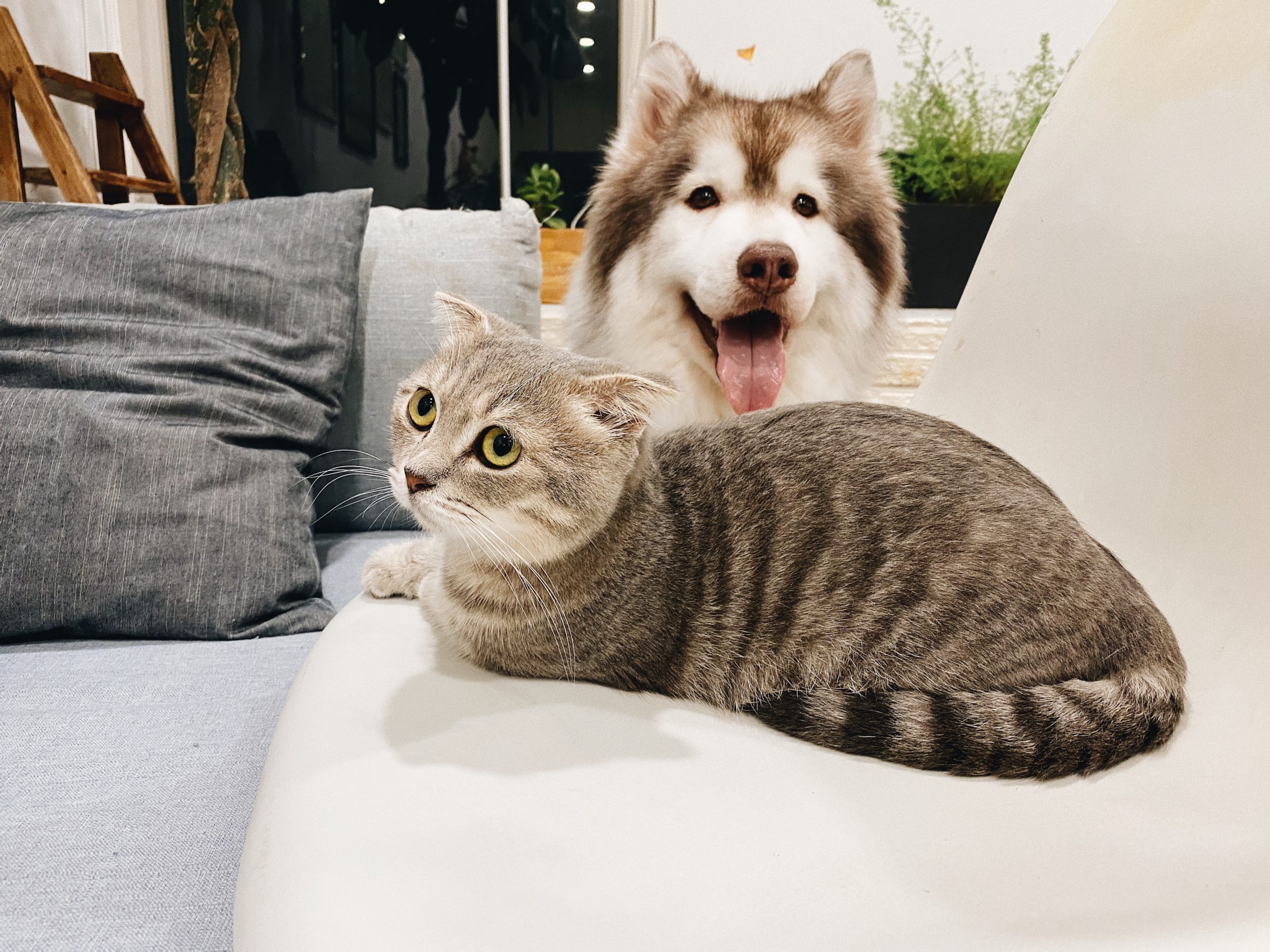
Of the three billion genetic building blocks that make us living things, only a handful are uniquely ours. In fact, despite our differences on the outside, humans are 99.9% genetically similar to one another.
But how alike are we to other, non-human life forms? Turns out, we’re a lot more similar than you might think.
Comparative Genomics 101
First, how do scientists compare the genetic makeup of various life forms?
Comparative genomics is a branch of biology that compares genome sequences across different species to identify their similarities and differences.
This field of research is important because it:
- Helps us better understand evolution, and how living things have adapted over time.
- Builds knowledge around genes and how they influence various systems in our bodies.
- Has wider applications in agriculture, especially in conservation efforts among endangered species.
According to the National Human Genome Research Institute (NHGRI), scientists have already sequenced the genomes of more than 250 animal species, as well as 50 bird species.
Human Genetic Makeup vs. Other Life Forms
Perhaps unsurprisingly, chimps are one of our closest genetic relatives in the animal kingdom.
Because of our similarities, chimpanzees have a similar immune system to humans, which means they’re susceptible to viruses such as AIDS and hepatitis.
Related: Scientist Trying to Build More Heat Tolerant Plants
Though chimps are one of our closest relatives, other species are strongly linked to humans as well—and not necessarily the ones you’d think.

For instance, according to NHGRI, fruit flies are 60% genetically similar to humans.
This may sound confusing at first, since humans and insects couldn’t be more physically different. However, because we share many of the same essential needs to sustain life, such as the need for oxygen, these similarities are reflected in our genetics.
DNA vs Genes
It’s important to note that being genetically similar to something is different than sharing the same DNA. That’s because genes (the part of DNA responsible for making protein) only account for up to 2% of your DNA, while the rest of your genome is made up of what scientists call “non-coding DNA.”
So while a banana is 60% genetically similar to humans, only 1.2% of our DNA is shared.



























